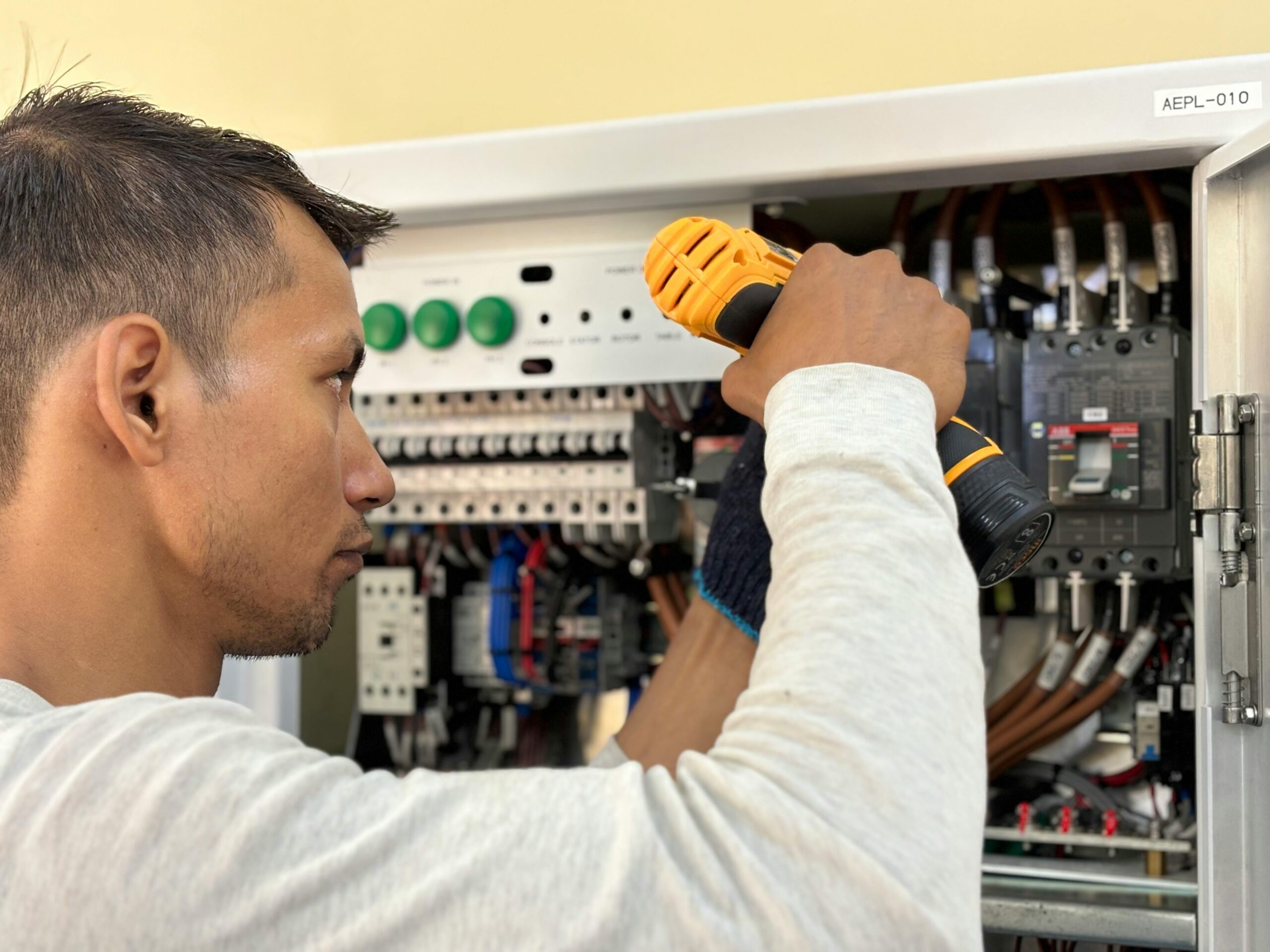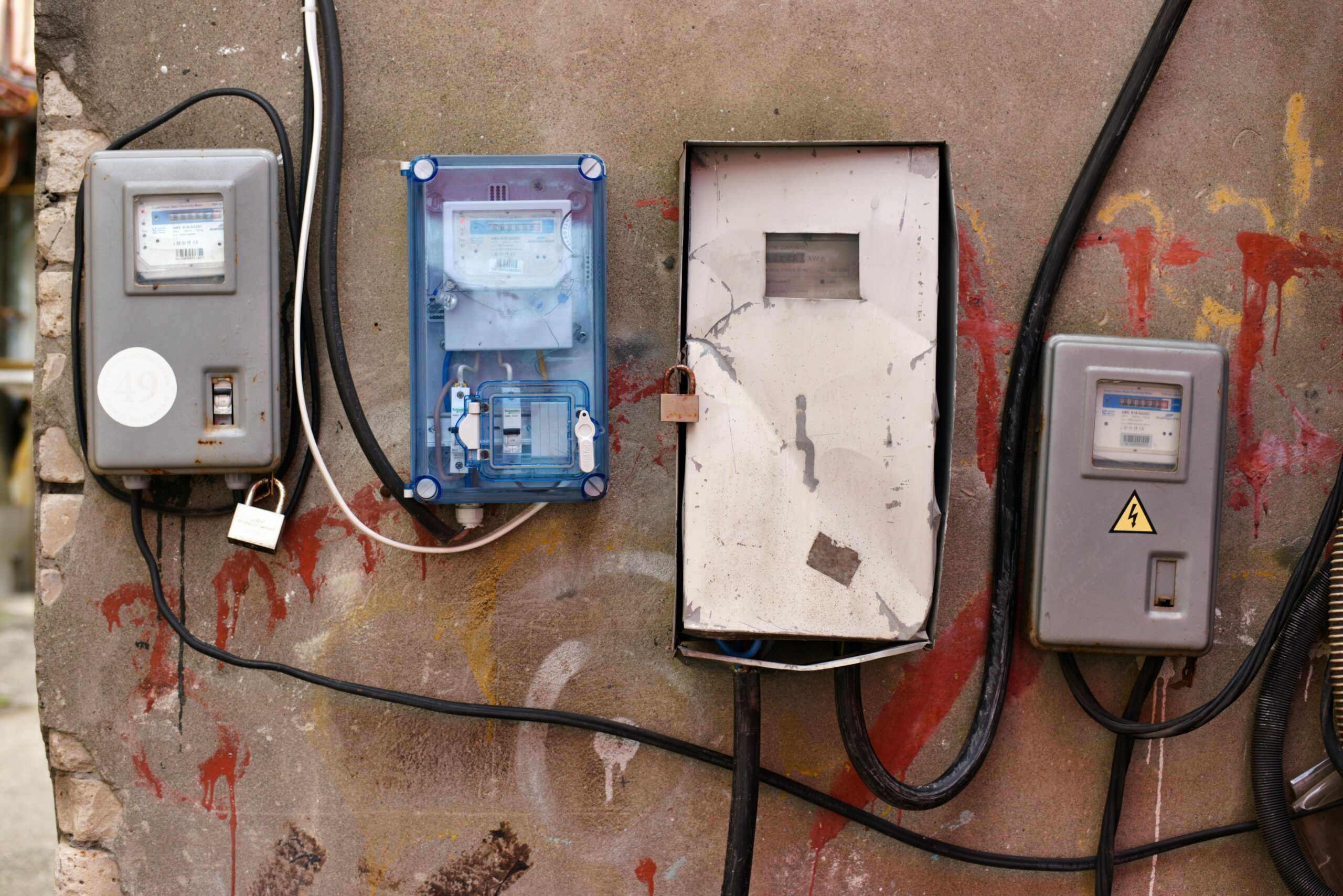In an increasingly connected world where power outages can disrupt our daily lives, nonstop portable generators have emerged as invaluable assets. Whether it’s camping trips, outdoor events, or emergencies, these compact powerhouses provide a reliable source of electricity.
One common question that arises when using portable generators is, “how long can a portable generator run continuously?” However, the inner workings of these generators often remain a mystery to many. We will unravel the secrets behind nonstop portable generators, shedding light on their functionality, benefits, and key considerations when choosing the right one for your needs.
Understanding Portable Generators
Portable generators are versatile devices that provide temporary electrical power when a stable grid connection is unavailable. They are designed to be easily transportable and come in various types and sizes to cater to different needs. The most common types are gasoline-powered, propane, and solar-powered.
Additionally, their sizes range from small, compact units that can power a few essential appliances to larger, more robust models capable of supplying electricity to an entire household or job site. Understanding the different types and sizes of portable generators is essential when choosing the right one to suit specific requirements.
Fuel Options for Portable Generators
When it comes to portable generators, there are several fuel options available, each with its own set of advantages and disadvantages. Gasoline-powered generators are the most common and widely available, offering affordability and easy access to fuel. On the other hand, propane generators provide cleaner and more efficient operation, with propane readily available in tanks.
Diesel generators are known for their durability and fuel efficiency, making them suitable for heavy-duty applications. Finally, solar-powered generators utilize renewable energy from the sun, making them environmentally friendly and ideal for limited fuel availability.
Factors Affecting Generator Runtime
Several key factors influence the runtime of a nonstop portable generator. The power output capacity of the generator plays a significant role in determining how long it can operate continuously. A higher power output capacity usually means a larger fuel tank, allowing longer runtime.
Additionally, the load requirements placed on the generator also impact its runtime. Running power-hungry appliances or equipment will consume more fuel and reduce the generator’s operating time compared to running smaller, low-power devices. Understanding these factors and matching the power output capacity to the intended load is crucial for maximizing the runtime of a portable generator.
Evaluating Fuel Consumption
Evaluating fuel consumption is vital when using a nonstop portable generator, as it directly impacts the runtime and overall efficiency of the device. The fuel consumption of a generator is typically measured in gallons per hour (GPH) or liters per hour (LPH), indicating how much fuel is consumed within a specific time frame.
Understanding the relationship between fuel consumption and runtime allows users to estimate the fuel needed for their intended usage. Calculation methods such as the generator’s fuel consumption rate and the total fuel capacity can help estimate the duration a generator can run before refueling becomes necessary.
Optimizing Generator Runtime
There are several tips and techniques to consider for maximizing the runtime of a portable generator. First, reducing the overall load on the generator by prioritizing essential appliances and avoiding unnecessary power consumption can significantly extend its operating time.
Additionally, implementing energy-efficient practices, such as LED lighting or energy-saving modes on electronics, can help conserve power. Generators need regular maintenance, including cleaning or replacing air filters, checking oil levels, and ensuring proper ventilation.
Understanding Generator Overload
Understanding generator overload is vital to ensure portable generators’ safe and efficient operation. Overloading happens when the connected electrical load exceeds the generator’s capacity, leading to potential damage, reduced lifespan, and fire hazards. Calculate the total wattage of connected devices to prevent overload and ensure it stays within the generator’s limits.
In case of an overload, promptly disconnect the excessive load and redistribute the power among multiple sources if possible. Monitoring the load and being aware of the generator’s limitations helps prevent overloads and protects the generator and connected devices.
The Role of Generator Fuel Tank Capacity
The fuel tank capacity of a portable generator directly affects its runtime and operational convenience. A larger fuel tank allows for extended periods of uninterrupted power supply, reducing the need for frequent refueling. It is important to consider the fuel tank capacity about the generator’s fuel consumption rate to estimate the runtime accurately.
Regarding fuel capacity utilization, it is recommended to match the generator’s load requirements to its rated power output, avoid overloading, and implement energy-efficient practices. Additionally, planning and having extra fuel for emergencies can ensure a continuous power source when needed.
Noise Levels and Generator Efficiency
Regarding portable generators, noise levels, and efficiency are closely related. More efficient generators typically produce less noise during operation. For noise-sensitive environments like residential areas or outdoor events, quieter options like inverter generators are preferred.
These generators utilize advanced electronics to regulate engine speed and reduce noise output significantly. Users can enjoy a more efficient and peaceful power supply experience by choosing a quieter generator.
Generator Monitoring and Automatic Shutdown
Generator monitoring systems and automatic shutdown features are essential for protecting the generator and ensuring safety. Monitoring systems provide real-time information about the generator’s performance. In contrast, automatic shutdown features prevent damage and accidents by shutting down the generator in critical situations. These features help users promptly address issues, maintain optimal performance, and prioritize safety and reliability.
Case Study: Longest Nonstop Generator Run
The case study of the longest nonstop generator run highlights portable generators’ exceptional endurance and reliability. Factors such as fuel capacity, fuel efficiency, and proper maintenance played a significant role in achieving this record-breaking run. Careful load management within the generator’s rated capacity was also crucial. This case study emphasizes the importance of selecting a quality generator, optimizing fuel usage, and implementing effective maintenance to ensure a prolonged and uninterrupted power supply.
Portable Generators in Emergency Situations
Portable generators are valuable tools during power outages and emergencies, providing a reliable source of electricity. However, it is crucial to prioritize safety and preparedness when using them. Safety measures such as proper ventilation, keeping generators away from living spaces, and following the manufacturer’s guidelines are essential.
Regular maintenance, fuel storage, and a backup plan are important considerations. By adhering to these precautions, portable generators can effectively support individuals and communities during times of crisis.
Portable Generators for Outdoor Activities
Portable generators offer a convenient power solution for outdoor activities such as camping, RVing, and other adventures. Factors like portability, noise levels, and power output become crucial when choosing a generator for outdoor use. Inverter generators are often popular due to their compact size, quiet operation, and stable power output, making them suitable for camping and recreational vehicles.
Larger conventional generators with higher wattage capacities may be required for more power-demanding activities. Factors like fuel efficiency, runtime, and durability can also help determine the ideal model for specific outdoor activities.
Sustainability and Portable Generators
When using portable generators, it’s important to consider their environmental impact. Traditional generators powered by gasoline or diesel contribute to air pollution and carbon emissions. However, there are sustainable alternatives, such as solar-powered generators, that produce zero emissions. Implementing energy-efficient practices and proper maintenance also helps reduce the environmental footprint. Prioritizing sustainability and minimizing the environmental impact of portable generator usage is crucial.
Generator Safety Measures
Safety is crucial when using portable generators. Two key concerns are carbon monoxide poisoning and electrical hazards. To prevent carbon monoxide buildup, generators should be operated outdoors in well-ventilated areas, away from doors and windows.
Working carbon monoxide detectors is important, and generators should never be used in enclosed spaces. Use grounded extension cords for electrical safety, keep the generator dry, and avoid overloading it. Following these precautions ensures a safe operating environment when using portable generators.
Generator Regulations and Guidelines
When using portable generators, adhering to regulations and guidelines that promote safety and environmental responsibility is important. These regulations cover noise emissions, emissions standards, and electrical safety. Compliance with these regulations may be mandatory and involve obtaining permits or certifications.
Certification programs also exist to assess and validate portable generators’ quality, performance, and safety. By following these regulations and seeking certified generators. Users can ensure responsible usage and mitigate risks associated with portable generator operation.
Pros and Cons of Nonstop Generator Operation
Running a portable generator nonstop has both advantages and disadvantages to consider. One of the primary advantages is the uninterrupted power supply it provides, ensuring continuous operation of essential appliances or equipment. It can be particularly beneficial during extended power outages or critical situations.
However, there are some drawbacks as well. Continuous operation puts additional strain on the generator, requiring frequent maintenance and potentially increasing fuel costs. Balancing the convenience of nonstop operation with maintenance needs and fuel expenses is essential to make an informed decision regarding the optimal usage pattern for a portable generator.
Real-world Examples: Industries Relying on Continuous Generator Power
Several industries rely on nonstop portable generator operation to maintain uninterrupted power supply. Construction, healthcare, data centers, telecommunications, and event management are industries requiring continuous power. They mitigate risks by implementing backup power systems, regularly maintaining generators, and having contingency plans in place. It ensures uninterrupted operations and minimizes potential losses caused by power interruptions.
Conclusion
Nonstop portable generators offer a dependable solution for powering our lives during power outages, outdoor activities, and emergencies. While their inner workings may seem mysterious, we have uncovered the secrets behind their functionality, benefits, and considerations for choosing the right generator.
And when it comes to the burning question of how long a portable generator can run continuously, it ultimately depends on factors such as fuel capacity, load, and efficiency. By understanding these factors and making informed decisions, we can ensure that we have a reliable source of electricity whenever and wherever we need it.
We help companies refine their messaging, hone in their sales process, and grow their pipeline – all with a new website.






